When you’re making a product or a design, you may have realized that the best option is to consult with or hire an outside industrial design company. But this can feel like handing over your brainchild to a complete stranger, which is a terrifying thought.
You wouldn’t hire a babysitter for your toddler without having a plan to make sure everything goes right, and you certainly wouldn’t hire one without looking in detail at their background first. As you are creating a design for something, it is hard not to draw parallels between your design and a young child that needs care and protection.
In the end, though, it is likely necessary that you hire an outside consultant for several reasons. These professionals will create a better product than you ever could, and they can devote significantly more time to the process, ensuring that the final result is more detailed and well-designed than you could manage.
Much like with a child, there are occasions when you only have so much time in the day, and you both get more benefit from having a caring and skilled babysitter take care of them for the evening than, say, take them along with you to a business dinner. Neither of you will have fun, and you will both accomplish more by hiring someone to provide some care when you have other obligations—much like with the industrial design process.
How do you know you’re hiring the right industrial designer and how do you keep things on track when you have them?
You want to ensure that you get someone capable and that you maintain the ability to veto certain decisions as well as keep the project on track. Here are ten tips to remember when you’re working with an outside industrial design company.
Tips When Hiring an Industrial Design Company
1. Verify Their Background
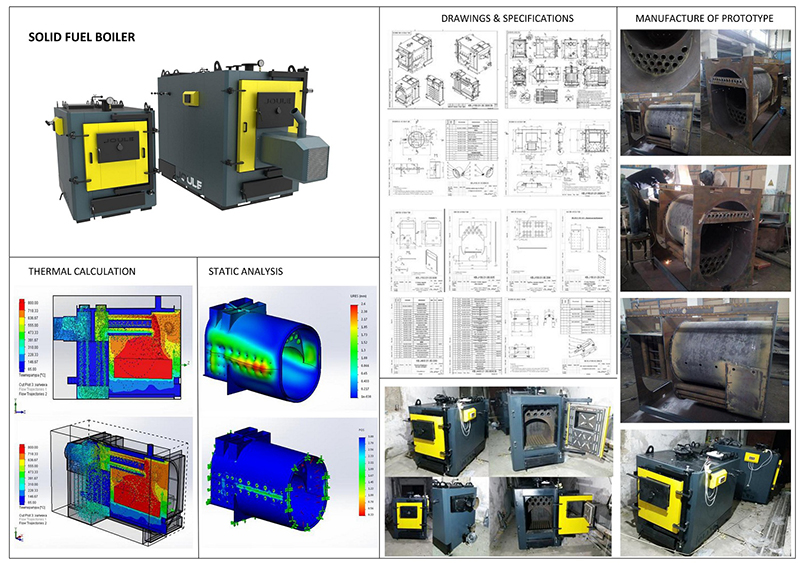
This is the case for every outside hire you make and is likely one of the first lessons you learn when working in human resources at a large company. In the words of Winston Churchill, trust, but verify. As great as the industrial design firm or CAD service seems, verify everything you can.
Check to ensure that they are accredited if they claim to be. Investigate their background—perhaps they claimed to have graduated from a particular university or have a certification in a certain design principle. Check on these things. A good rule of thumb, also, is that better companies will have more verifiable things on their background because they’re not worried about being investigated.
This project is significant for you, and it will be for them, but many companies are just trying to get a foot in the door when they have no business being there. Make sure that you are finding a company that is more than capable of doing what you need them to do, and one that shows diligence and care. If you can’t verify their credentials, that should be a red flag.
2. Portfolio Is King
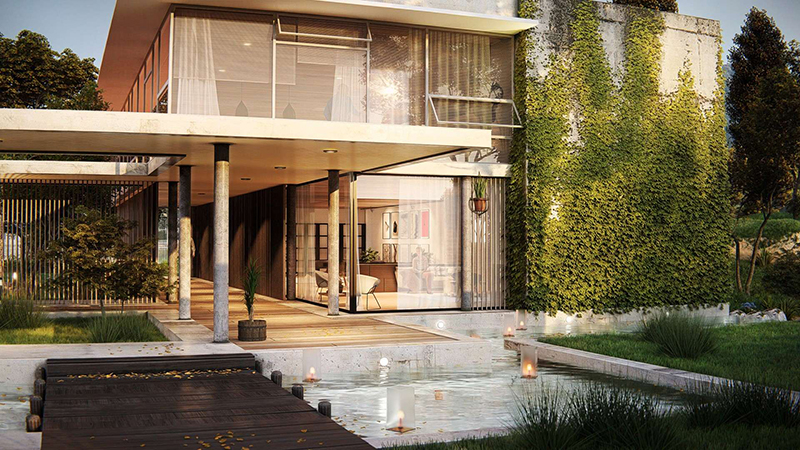
In the end, this company is providing a specific service, creating an industrial design for you. That means that the most vital thing to check into is their portfolio.
Remember that this is their highest quality work that they want to put on a display for people to decide whether or not to hire them, so it’s a measuring stick against which you can judge their ability. Take a look at their portfolio, and you can learn a lot about them as a product design company and whether they will be the right fit for your project.
The portfolio should give you three critical pieces of information that will help your decision. First, it shows their level of skill—are they capable, and will their design make a significant impact? Will they be able to handle the complexity of your design at all?
Second, the portfolio shows the type of work they are used to doing. It may well be that they have an incredibly broad range and are comfortable with any design, or it may be that they are focused primarily on residential house design, and your project is for a skyrise in Chicago, which is fairly incompatible.
Finally, it shows their overall experience level. You can look through a portfolio and see how long this company has been working at a high level, and also how frequently they create portfolio quality material. This can show you the diligence and detail they will likely put into your project, especially if they have a vast portfolio that seems to be updated with every new project they complete.
3. Develop a Relationship
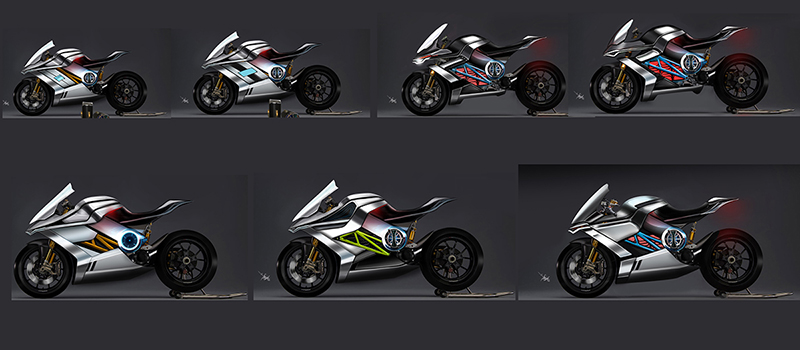
A relationship with the industrial design company may be the most vital thing you have when working with them. A close relationship covers a multitude of sins because you always have common ground and respect to fall back on if there are disagreements, design changes, deadline issues, or other things.
If you create a good rapport with the industrial designers, you could be an obstinate and difficult customer, and they would still appreciate working with you simply because you were willing to develop a relationship with them.
A relationship with your outside contractor will help immensely whenever you’re working on a project because there will be conflicts, as there always are in business. At some point, you are not going to agree on a design choice or the process with which they are working or something else.
Whenever difficult conflicts arise, or a tough conversation is needed, it is vital to have a familiarity with the designer to come back to. It will help you show them more respect when you’re speaking with them and will ensure that they relate to you and respect you better so that they’re more willing to acquiesce to your requests.
4. Learn What Motivates Them
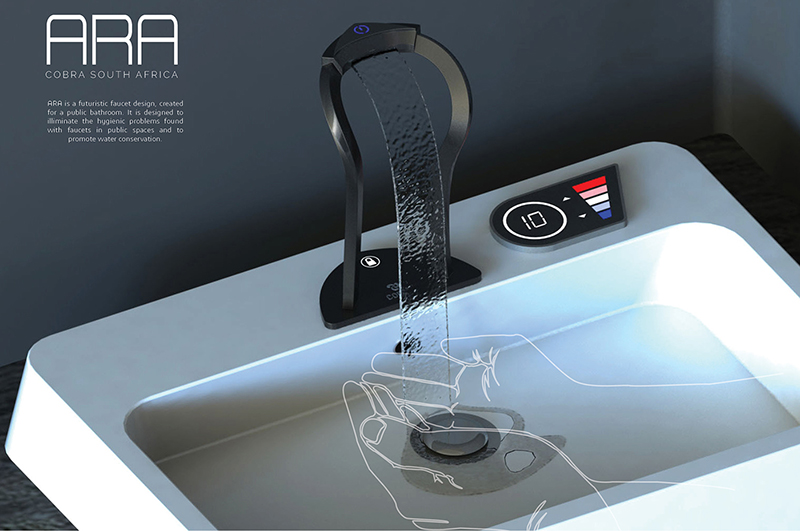
This is more of a general guideline for working with employees or contractors in general and should likely be filed away as “general management tips,” but it is nonetheless essential. Understanding people’s motivations will take you a long way in business—that’s one of the main reasons management is typically known as a psychological position.
A person’s motivations will drive them and influence all of their actions. Without motivating them properly, a manager can only get so much work out of an employee, but understanding their motivation will allow you to leverage the 3D modeling service for your own ends so that you can accomplish what you want to.
Think of it this way—a person will only do as much as they need to in order to pursue their motivation. They will likely accomplish their tasks, but if doing a better job conflicts with what they want to do, they will only do as much as is necessary. To get the best work out of them, leverage their motivation and use it as an incentive to improve the work they provide you. Doing that will get you the best result possible and will encourage the designer to produce more and better work for you.
5. Engage with Them
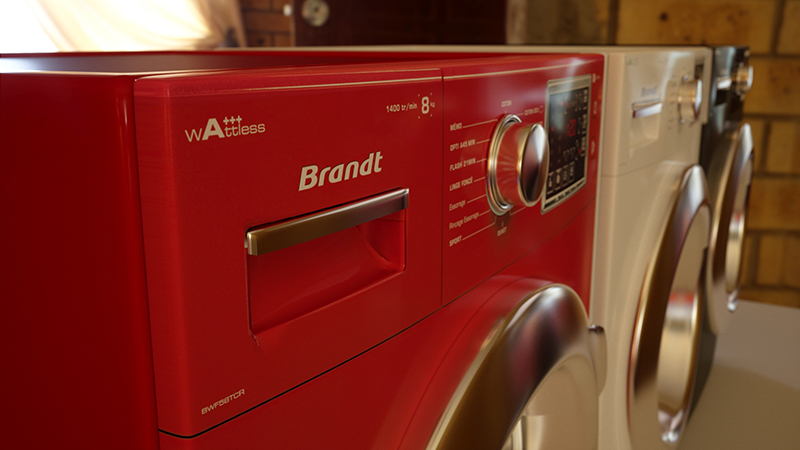
This ties in with the concept of building a relationship, but even in regards strictly to business practices, this is a wise piece of advice. Don’t leave them out of the process.
Whenever possible, incorporate them into meetings and discussions—whether it is virtually (which is easier than ever in today’s digital world) or physically. Keeping the industrial design service engaged and incorporated into the daily workflow and interactions of the team will help tremendously.
Not only will you get more frequent updates and input on how their part of the project is going, it will help incorporate them into the rest of the team and will encourage those relationships that are so vital to maintain.
Actually, there may be other benefits to incorporating the industrial design team into many team discussions, because it’s entirely possible that your other team members have valuable insight and input that could help the designers improve their work, and vice versa.
The group is, after all, trying to work towards the same goal, so it is important that they communicate and understand one another’s goals. That way, they can each help one another improve their work and make their process easier.
6. Perform Design Exercises
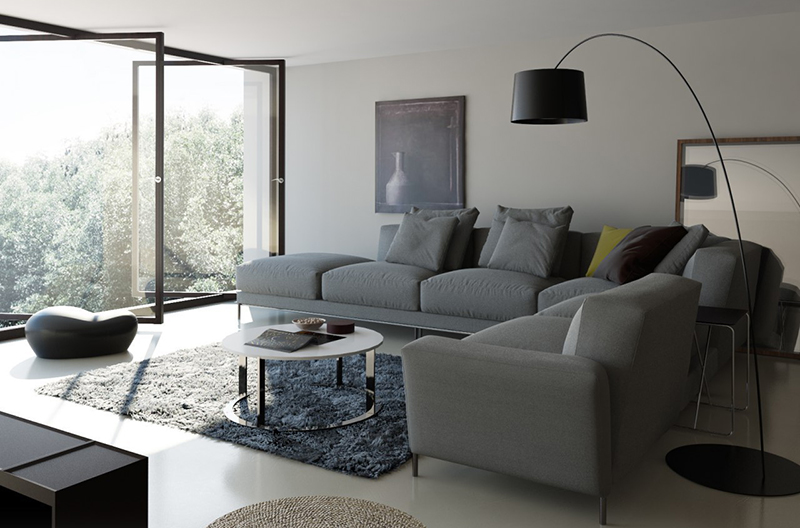
This idea is useful before and during the entire process. It may be something you do to assess different industrial design companies to see how capable they are and if you actually want to hire them. If they’re incapable of doing well on simple design exercises, you may not want to hire them for a full-blown industrial design.
During the design process, once you have hired them, it may be beneficial to do occasional design exercises to help spark their creative energy or encourage them through roadblocks.
Simple design exercises include minimal designs, such as creating a single living room design that incorporates enough space for a Super Bowl party. Or they introduce some interesting concepts that wouldn’t typically be included to make the designer think outside the box. An example of this would be to create a skyscraper that would have been used in the 1700s or design a house for Genghis Khan.
There is no need for perfection in design exercises; they are very useful for encouraging designers to think outside of the box. It may spur some new ideas or help them work through some problems they had been having. In the end, it’s typically just helpful to stop focusing for a minute on the main design you’ve been working on for so long.
7. Be Willing to Say No
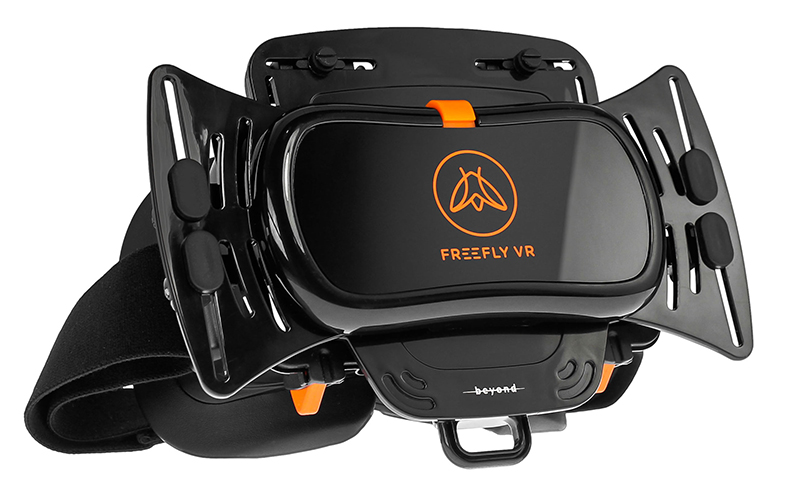
Being willing to say no is a hard thing, especially if you don’t want to hurt their feelings or make them upset. It is important to remember, however, that this process and design is yours at its heart, not theirs. When you establish a relationship with your industrial design company, you will end up either acting more subordinate or superior by nature of how relationships go.
In this situation, as the employer, it is vital that you maintain strength in the relationship because the industrial design company will likely have their own opinions and very strong beliefs as to how things should be or what they want to do. Many times, they have great ideas, but there will come occasions when you need to veto what they say or put your foot down about a particular practice.
When conflict arises in the team or within a project, you need to be able to end the conflict, make the best decision for your project, and get everyone back on task. Saying no is a way of deciding what’s best for your project, and potentially ending the conflict if people can’t decide on what solution to go with. If you are direct and firm, you can still maintain an excellent relationship and encourage work, while also ensuring that you have respect and authority within the group.
8. Check the Pulse of the Team
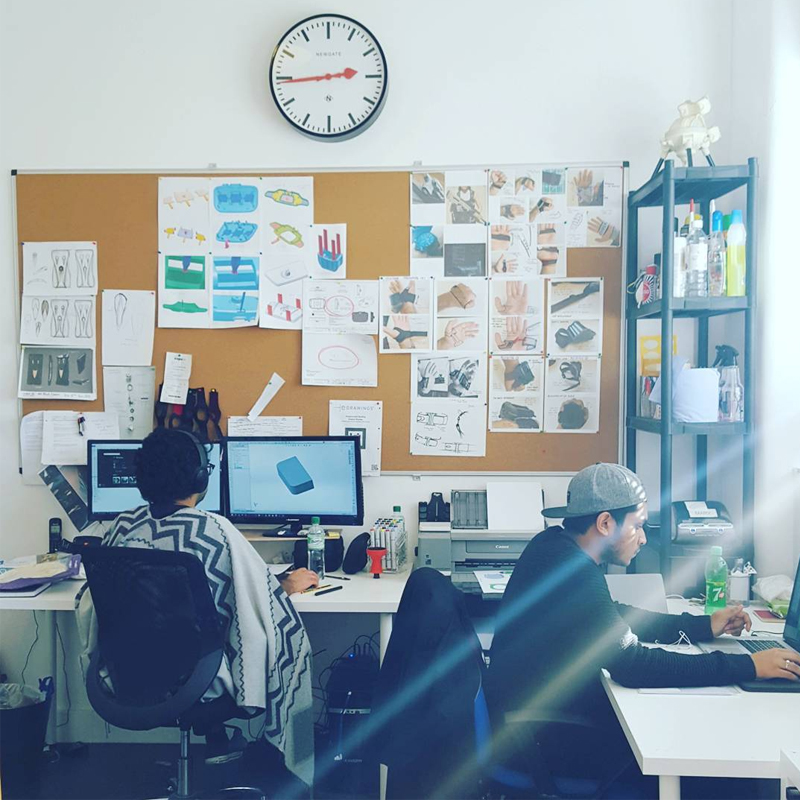
Going back to the idea of incorporating the outside industrial designers into the everyday workflow and meetings of the team and company; it is essential to continually check the pulse of the team. There are several reasons this is important, and it will help your team be as effective as possible.
First, you will check to see if there are conflicts or important decisions that need resolving. Like we mentioned above, there are going to be times when, as the manager, you need to put your foot down or make tough decisions. Checking the pulse frequently will help figure out those conflicts and decisions before they become too difficult to resolve easily.
Beyond that, checking in with the team will help steer the direction of the project more effectively. Guiding a team is a constant process that requires frequent course corrections, especially for large projects. You can use these times to see what they’re struggling with and how to push them onwards to the solution and make small adjustments instead of having to make significant corrections later on in the process.
Finally, it may help you change your mind or make different decisions. You will receive feedback both from your own team and from the industrial design or CAD drafting service with which you are working. The amount of experience and skill you’ll be interacting with will likely expose you to opinions and ideas you hadn’t considered, so it may encourage you to change the project somewhat.
9. Incorporate Constant Feedback
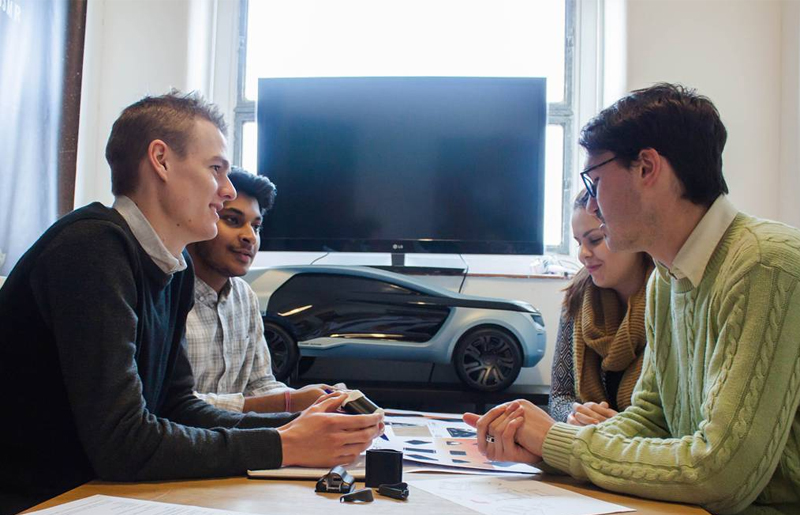
As we mentioned a moment ago, a project will require course corrections. An excellent metaphor for guiding a project is the idea of an Intercontinental missile. When it is launched, the main objective is getting it in the air and getting the missile up to speed.
As it continues on, it makes minute course corrections throughout its trajectory to align it with the final objective. In much the same way, a project starts just getting up to speed. You will launch the group and set them on their way, learning and preparing so they can complete the task. Then, as the project goes further along, you will make course corrections to ensure they stay on task and get them to work towards the final objective.
There is no right way to do this without feedback. Make sure that your feedback is constantly heard within your group, and especially with your outside industrial design company. This also means compliments and encouragement. When you are speaking with the designers, it is essential to let them know both what you think needs improving and what you are impressed by.
By telling them both of these things, you encourage them to persevere and accomplish the goal, and to maintain the good actions they have been taking, as well as letting them know what needs correction or improvement in the process. Feedback is the guidance system for your project because you have the vision of the final product more than anyone else—you can help steer it by giving your workers feedback.
10. Be Willing to Ask
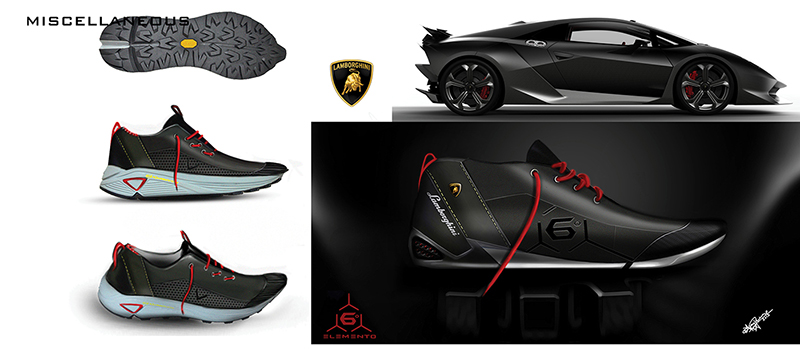
You’ll never get an answer if you don’t ask. Much like the famous quote, “you miss 100% of the shots you don’t take,” if you don’t ask, you won’t get something you want. This is just as true in a business working with an industrial design company as it is in any other relationship in your life. If there are corrections, changes, adjustments, or anything that you want to add to the design, you have to be willing to ask.
It may seem difficult or frightening because you have already asked so much, but if you want something to happen, you have to be willing to ask for it. Often, the things we are less willing to ask for are extras, the additional things that seem unnecessary or less important. However, if they are important enough for us to think about them and wish they were in the design, they are necessarily sufficient for us to ask.
These requests may be too much, or they may change the design significantly enough that it’s not worth it to add-in. However, they may also be that extra finishing touch that makes it that much better, or it may be much simpler to incorporate than you imagine.
If you refuse to ask, however, you will not receive an answer, and no one will magically read your mind and do it for you. The important thing is that you are willing to ask for what you want when you work with an outside consultant like an industrial design company—because only then will you get what you want.
Working with outside companies can always be stressful because you are placing something of high value and importance into the hands of someone that you don’t know, and who has different objectives and goals than you do. These tips, honestly, can be applied to almost any type of outside contractor because most of the concepts are universal and of high importance in general.
Most of these ideas boil down to a few simple concepts, and if you remember them, you will be able to hire and work effectively with any other company, industrial design or not. Always ensure you are getting who you think you’re getting—verify their background, investigate their portfolio, check into certifications, etc. Create and maintain a good relationship in which you have the primary authority as it is your project—that takes care of telling them no when need be, correcting the project, maintaining relationships, and incorporating them with the team. And always be willing to give feedback and make your voice heard.
Cad Crowd Can Connect You with Skilled and Experienced Industrial Design Freelancers
We can’t ensure that your project will be perfect, or that working with an industrial design contractor will be easy in any way.
However, we can connect you with some high quality freelance industrial designers. They’ve worked with numerous prestigious clients and would like to assist you. Find out how it works.
If you are open to new ideas, you can also launch a design contest and receive multiple concept design submissions for your project. Then, simply choose the one you like best.
